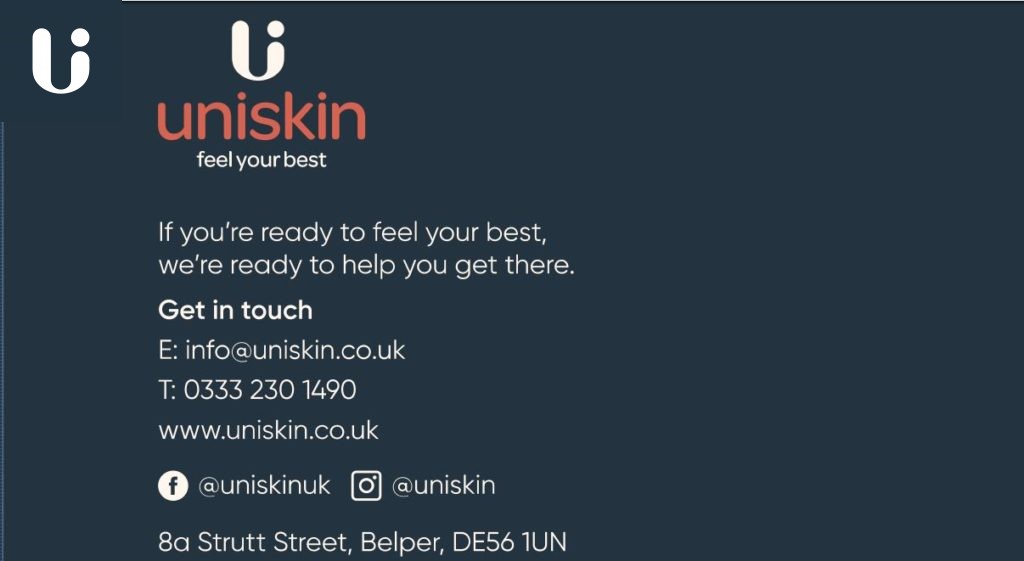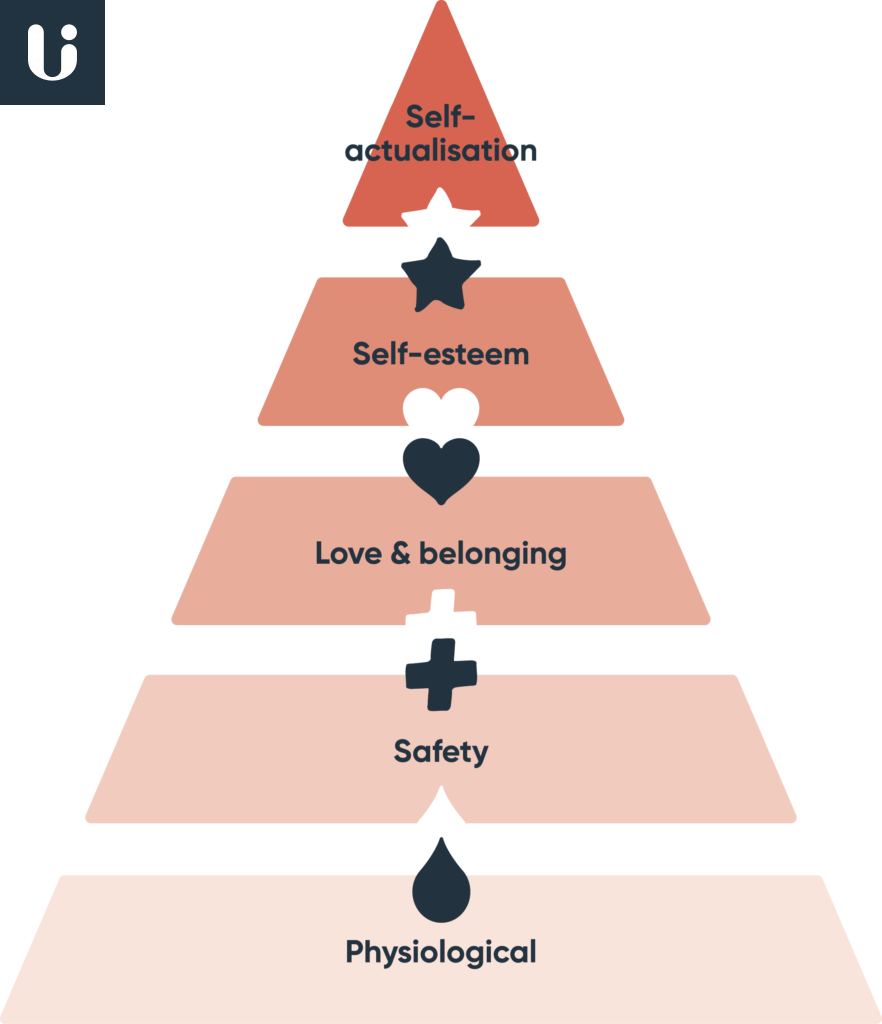Botox: How Does Botox Work?
Botox is a drug made from a neurotoxin produced by the bacterium Clostridium botulinum
called botulinum toxin.
It is used medically to treat certain muscular conditions and cosmetically remove
wrinkles by temporarily paralyzing muscles.
Botulinum toxin is sold commercially under the names:
- Botox, Vistabel, Botox cosmetic (OnabotulinumtoxinA or botulinum toxin type A)
- Dysport (AbobotulinumtoxinA or botulinum toxin type A)
- Bocouture, Xeomin (IncobotulinumtoxinA or botulinum toxin type A)
- Myobloc (RimabotulinumtoxinB or botulinum toxin type B).
Contents of this article:
- The origin of botox
- How does botox work?
- Medical and cosmetic uses
- How is the procedure performed?
- Risks and side effects of botox
Fast facts on Botox
Here are some key points about Botox. More detail and supporting information is in the main article.
- Botox is the most popular cosmetic surgery treatment, with more than 6 million Botox treatments administered each year.
- Botox is a neurotoxin derived from Clostridium botulinum, an organism found in the natural environment where it is largely inactive and non-toxic.
- Botulinum toxin is used to reduce fine lines and wrinkles by paralysing the underlying muscles.
- People also use Botox to treat excessive sweating, migraines, muscular disorders, and some bladder and bowel disorders.
- Botulism, an infection with botulinum toxin, can cause respiratory failure and prove deadly.
- Just one gram of botulinum toxin could kill over a million people. Two kilograms could kill the entire human population of Earth.
The origin of botox
Clostridium botulinum, the organism from which Botox is derived, is found in inactive form in the natural environment, including in the forest and cultivated soils, and in the sediment of lakes, streams, coastal and untreated waters.
The bacterium can also be found in the intestinal tracts of mammals and fish and in the gills and viscera of crabs and other shellfish. Such naturally occurring instances of Clostridium botulinum bacteria and spores are typically relatively harmless. Problems only usually arise when the spores transform into vegetative cells and the cell population increases to the point where the bacteria begin producing botulinum toxin, the deadly neurotoxin responsible for botulism.
Neurotoxins target the nervous system, disrupting the signaling processes that allow neurons to communicate effectively. The neurotoxin involved in producing Botox, botulinum toxin (abbreviated either as BTX or BoNT), is subdivided into eight types A, B, C [C1, C2], D, E, F, G 18 and H.19
Of these, types A, B, E and, in rare cases, type F cause botulism in humans, while types C and D cause illness in other mammals, birds and fish.14 Although type G has been isolated from soil in Argentina, no outbreaks have been identified involving this toxin.21
Type H was discovered in 2013 in the feces of a child suffering from botulism. Researchers withheld the specific DNA sequence of type H from public databases, as there was no known antidote for what they believed was a novel type of botulinum toxin.19 Subsequently, Researchers from the Centers for Disease Control and Prevention (CDC) and the University of Wisconsin (UW) found that type H may in fact not be a novel toxin, with a paper published in the Journal of Infectious Diseases (JID) reporting that the toxin can be blocked by antitoxins already in use.25
How does botox work?
Botulinum toxin is one of the most poisonous substances known to man. Scientists have estimated that a single gram could kill as many as one million people and a couple of kilos could kill every human on earth.22 In high concentrations, botulinum toxin can result in botulism, a severe, life-threatening illness. Botulism, left untreated, may result in respiratory failure and death.16 Despite botulinum toxin being so toxic and so costly, Botox is in huge demand.

Botulinum toxin is injected to treat certain muscular conditions and cosmetically remove wrinkles by temporarily paralyzing muscles.
Botulinum toxin has proven to be a successful and valuable therapeutic protein when dosage, frequency of treatment and variety of treated clinical conditions are considered.23
“Only the dose makes a remedy poisonous”20
Botulinum toxin can be injected into humans in extremely small concentrations and works by preventing signals from the nerve cells reaching muscles, effectively leaving the muscles without instructions to contract, therefore paralyzing them.24
In order for muscles to contract, nerves release a chemical messenger, acetylcholine (a neurotransmitter), at the junction where the nerve endings meet muscle cells. The acetylcholine attaches to receptors on the muscle cells and causes the muscle cells to contract or shorten. Injected botulinum toxin prevents the release of acetylcholine, preventing contraction of the muscle cells. The effect of botulinum toxin causes a reduction in abnormal muscle contraction allowing the muscles to become less stiff.
Medical and cosmetic uses of botox
Botulinum toxin is predominantly used as a treatment to reduce the appearance of facial wrinkles and fine lines in older adults. Beyond aesthetic applications, Botox has been found useful in treating a variety of medical conditions including eye squints, migraines, excess sweating and leaky bladders. Botulinum toxin is currently used to treat over 20 different medical conditions, with more applications under investigation.




